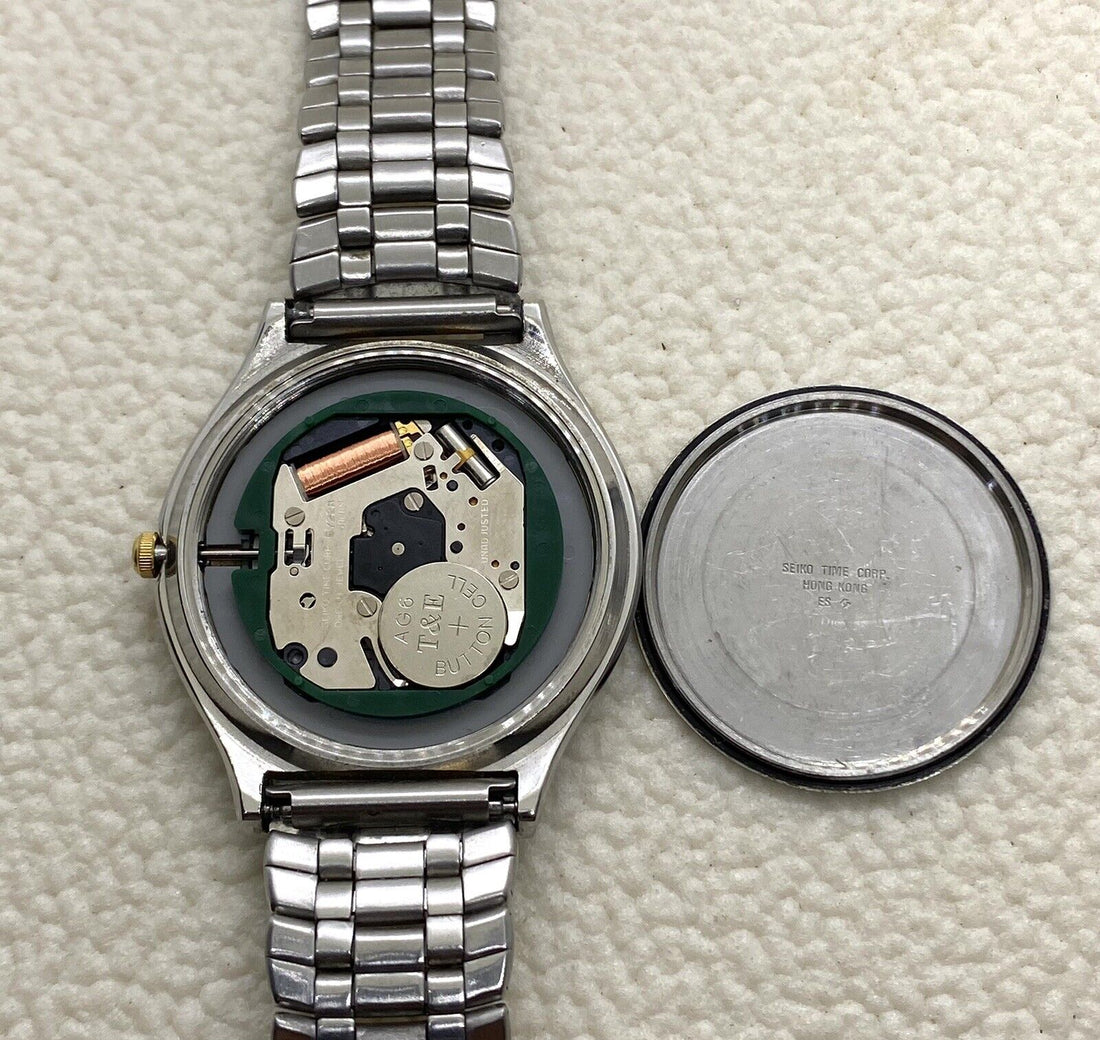
Quartz movements: are they good for Seiko mod?
Share
Think about all the models you've built yourself - if you're new to the world of Seiko models, think about all the models you've seen on social media. How many of them do you think are powered by a quartz movement? The answer would be, too little to notice, if there even is one. The vast majority of Seiko models use traditional automatic or mechanical calibers as their basis. Quartz watches are often overlooked, despite their unique viability and favorable attributes for ambitious modification projects.
Quartz movements, with their synchronized vibrations powered by a battery and an integrated circuit, revolutionized watchmaking in the 1970s and 1980s (and nearly brought down the Swiss watch industry). Technology has enabled accurate time measurement and accessibility to the masses. However, in recent years enthusiasm has returned to manual and automatic movements driven by springs and winding rotors. Nonetheless, quartz offers some clear opportunities for the practical but ambitious Seiko modder.
What are quartz movements?
Quartz refers to the crystallized silicon material that vibrates at a precise frequency when subjected to an electrical charge. By integrating a tiny quartz crystal into an analog watch, the vibrations can drive the motor and gears to move the hands. This results in impressive precision at less than 15 seconds per month, far from the potential 15 seconds per day even with high-end mechanical movements.
Quartz powered watches offer some obvious advantages for an everyday watch:
Accuracy – The precision of quartz means the watches are extremely accurate, to within a few seconds per month. This is perfect for those who want reliability in measuring time without the constant adjustments that mechanical watches require.
Affordability – Not having to manufacture complex mechanisms with hundreds of moving parts means that quartz watches can be produced at much lower costs. Seiko quartz movements are accessible and cheap to purchase.
Reliability – With simpler construction and fewer components, quartz movements tend to have a longer lifespan without the need for expensive services in the future. They are also less impacted by shocks and vibrations.
However, quartz also has some disadvantages that enthusiasts don't like so much:
Perception of “ lack of soul ” – The view that caring only about precision and not watchmaking craftsmanship makes quartz movements boring. There is satisfaction in automatic, mechanical processes that mimic the human heartbeat or interaction. Just think about the debate around electric and gasoline cars to understand what we mean.
Environmental Impact – Batteries need to be replaced, posing greater waste in the long run as well as opening the watch when replacing the battery if water resistance is expected. Some fans of eco-friendly watches see this as a negative, unlike purely mechanical movements which are easier to recycle or reuse.
Less DIY - Quartz simply works, reducing the possibility of disassembling movements and servicing/oiling components over the years. The simplicity leaves little room for amateurs to adjust and experiment. This can be a plus for inexperienced modders who may be too intimidated to tinker with the move, but a point of contention for more curious modders.
Unique attributes for modeling
Beyond the abundance of supply, quartz offers other benefits for Seiko modders that automatic and mechanical movements cannot match.
A major incentive is that quartz allows for additional complications like chronographs, alarms and calendars that are either impossible, extremely rare or expensive to find in automatics. Why look for a rare 6138 movement when a 7T32 chrono is readily available?
